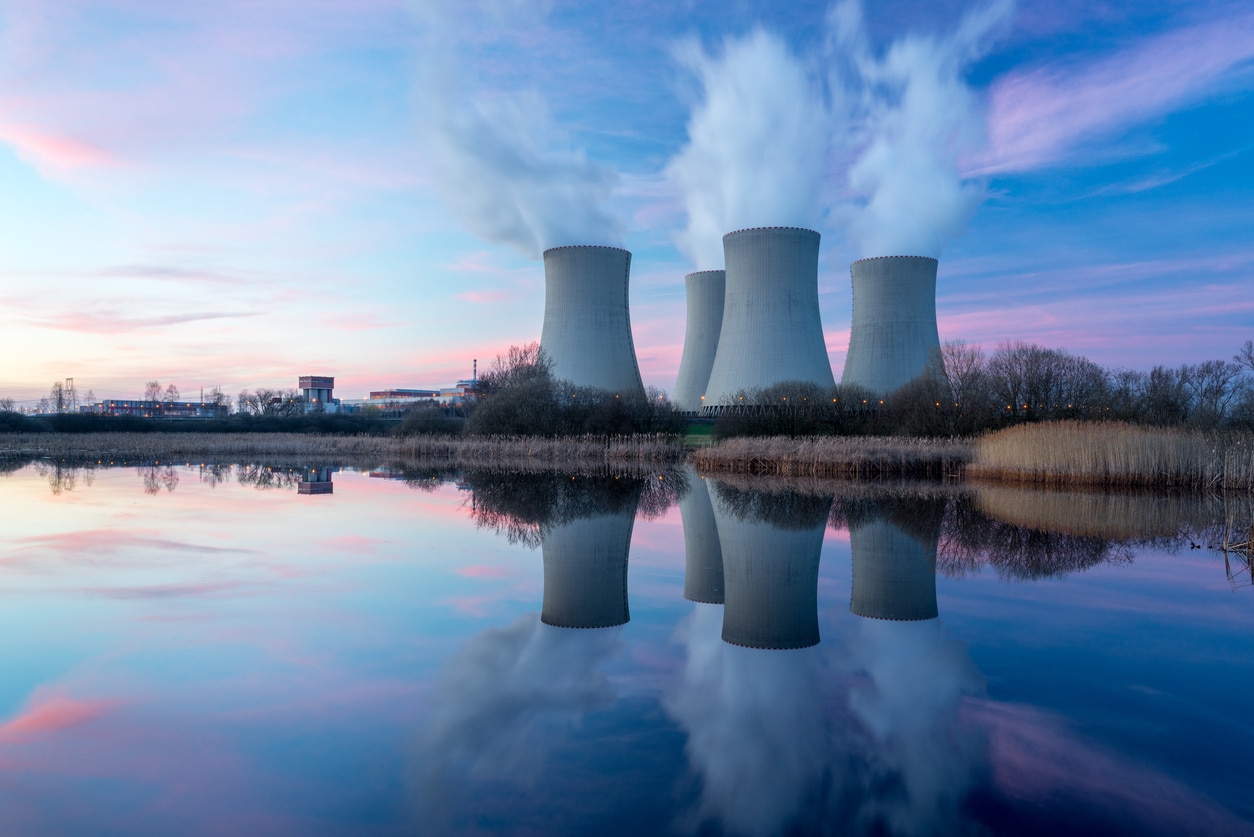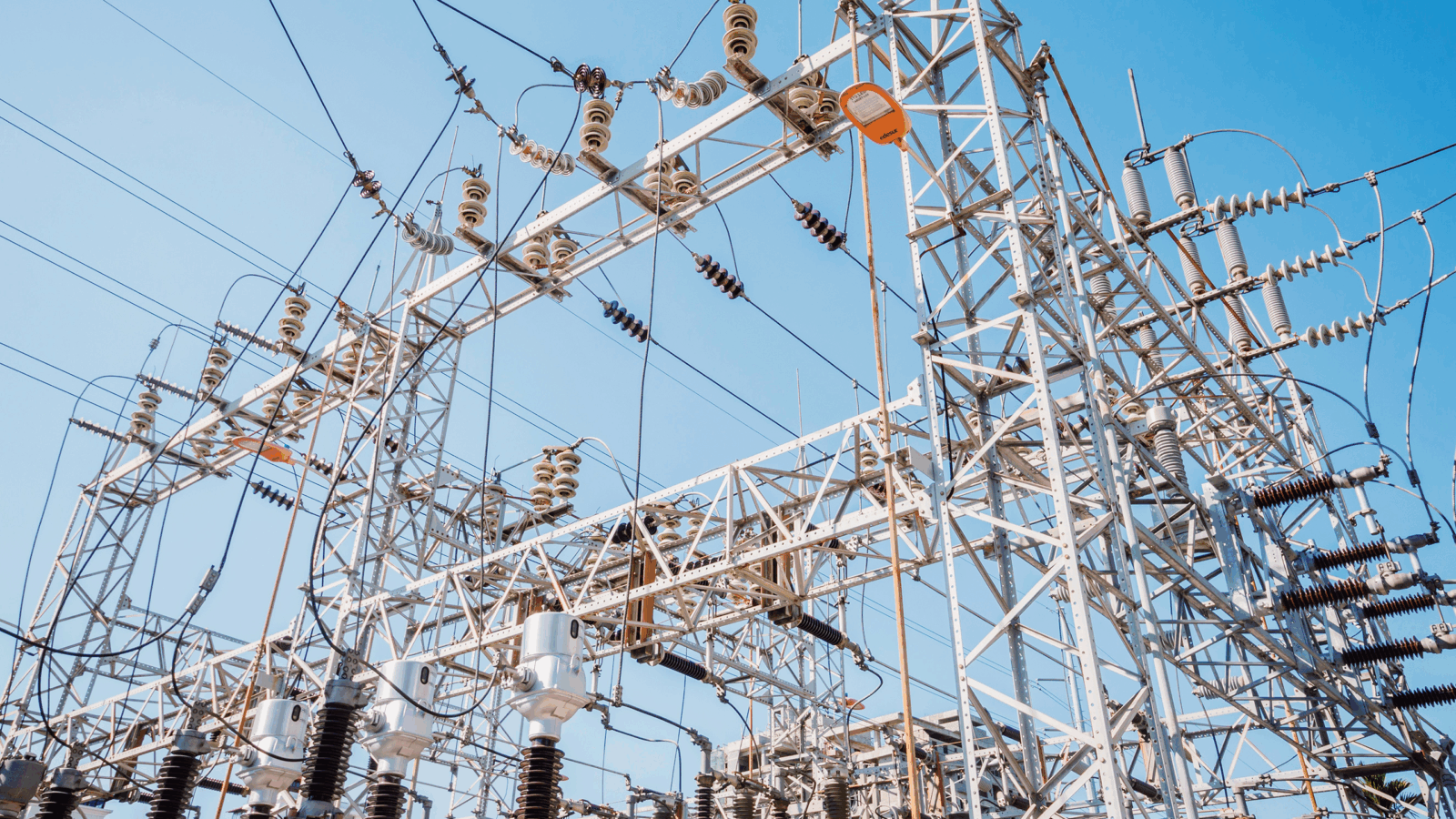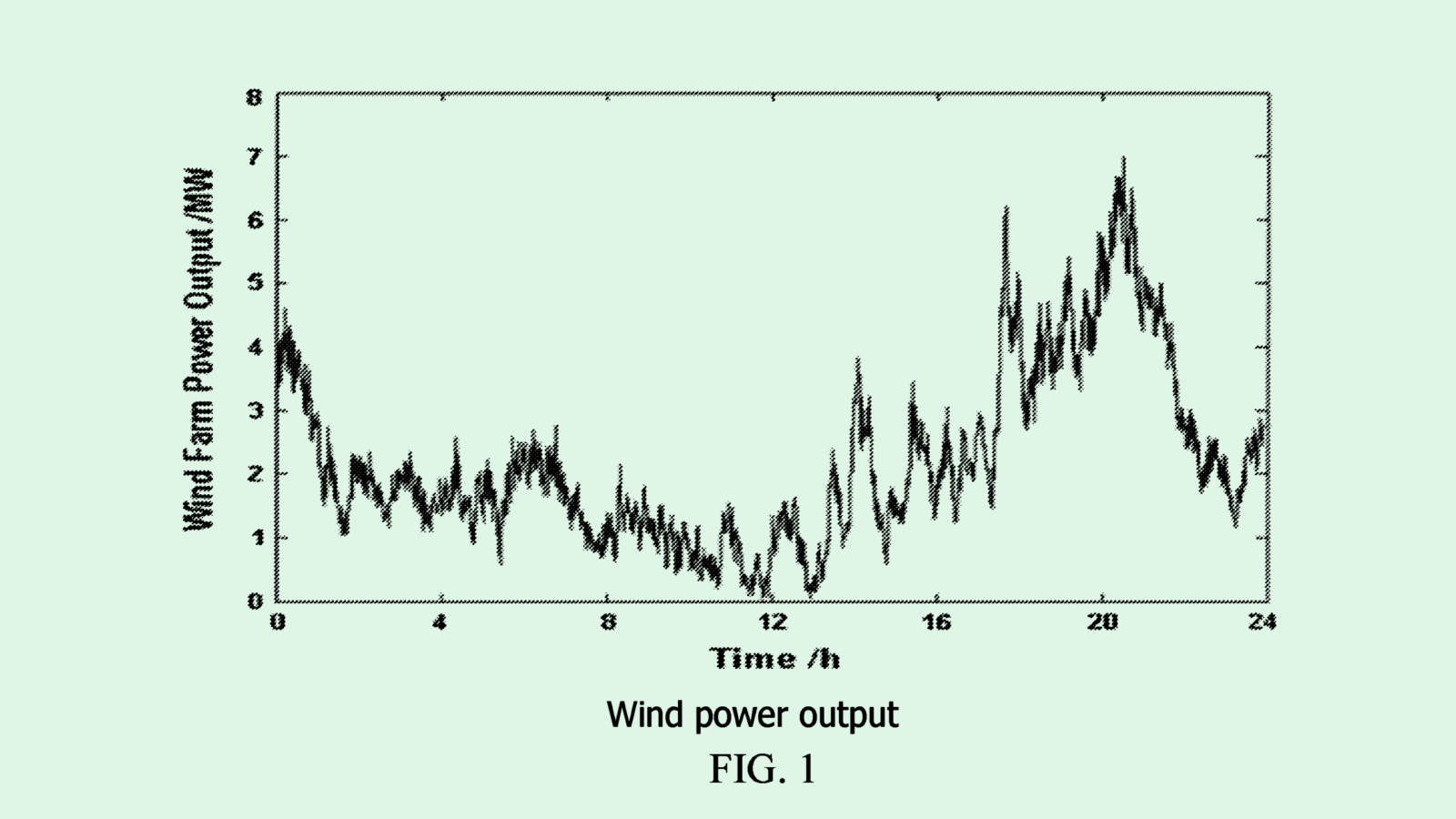
Sign up for smart news, insights, and analysis on the biggest financial stories of the day.
The American nuclear energy industry has been trying to overcome negative stereotypes since the Three Mile Island plant in Pennsylvania had a partial meltdown in 1979 — but has only been falling out of favor in those 40+ years.
This week, it’s finally radiating positivity: in the fine print of the $1.2 trillion infrastructure bill that became law on Monday are $6 billion in grants for struggling reactors. The sudden enrichment is all because nuclear’s carbon-neutral ways are back in vogue, glowing green to policymakers looking to stamp out emissions.
Nuclear Option
Nuclear power has provided about 20% of US energy for 30 years, but state governments in Connecticut, Illinois, New York, and New Jersey have all had to intervene with hundreds of millions of dollars to keep their nuclear generators afloat. That’s because nuclear operators have been undercut by cheap natural gas and renewable generators that are underwritten by subsidies.
Despite being left out in the less-subsidized cold, nuclear power is responsible for half of America’s zero-carbon generation. That’s meant the Biden administration, with its ambitious climate goals, pushed for the $6 billion to keep the country’s 93 working reactors, which are in serious jeopardy, from getting rotten to the core:
- 13 US reactors have been powered down since 2013 — New York’s Indian Point was the latest casualty when it closed in April, and California’s Diablo Canyon is set to cool off in 2025.
- More than 50% of America’s nuclear power plants are on track to retire by 2030, research firm Rhodium Group estimated earlier this year.
Fission Expedition: The $6 billion might not last long: it would take an average of $814 million per year to bring nuclear plants back to a break-even point, according to a 2018 report by the Union of Concerned Scientists. It could serve as a bridge, however, if Congress passes a production tax credit, worth $15 a megawatt-hour, that operators say would be even more lucrative than a bailout.
Go Small or Go Home: Don’t expect any more big nuclear plants — only one is under construction in America and the Georgia facility’s costs have doubled to $28 billion — but the proposed tax credit scheme could give rise to small modular reactors, which many believe is the best hope for carbon neutrality in the short term.











